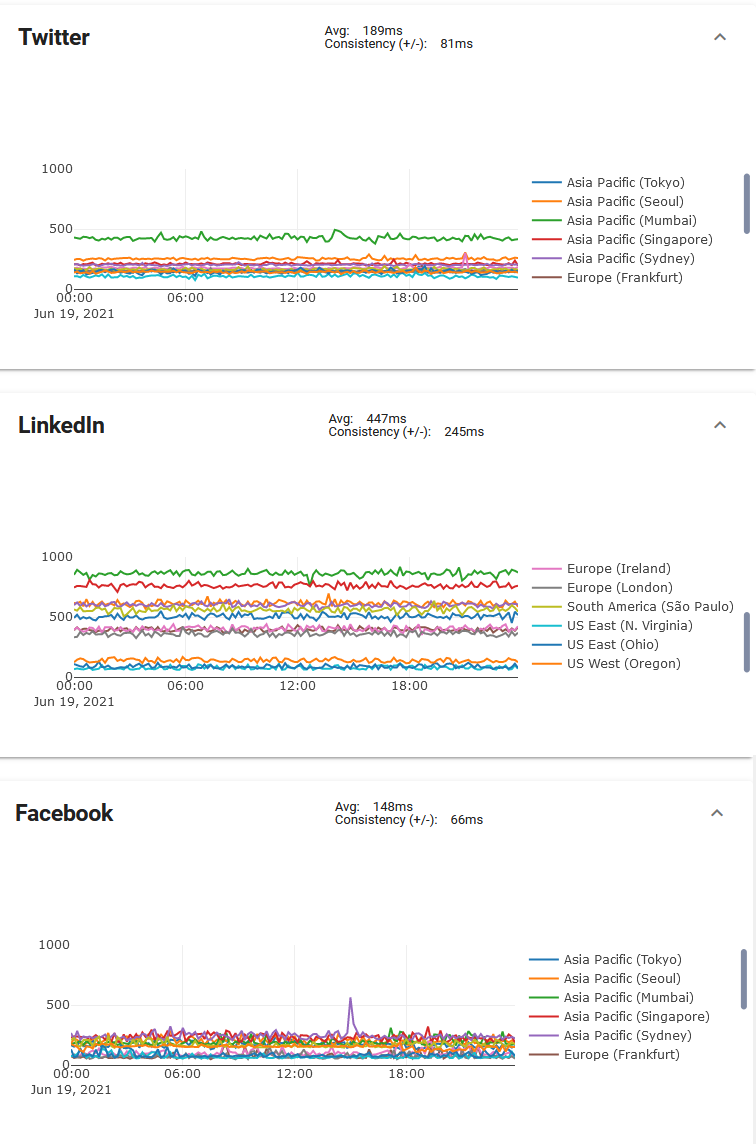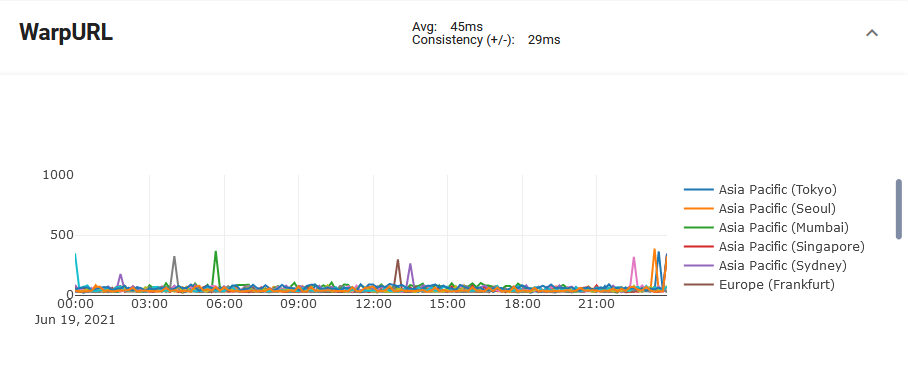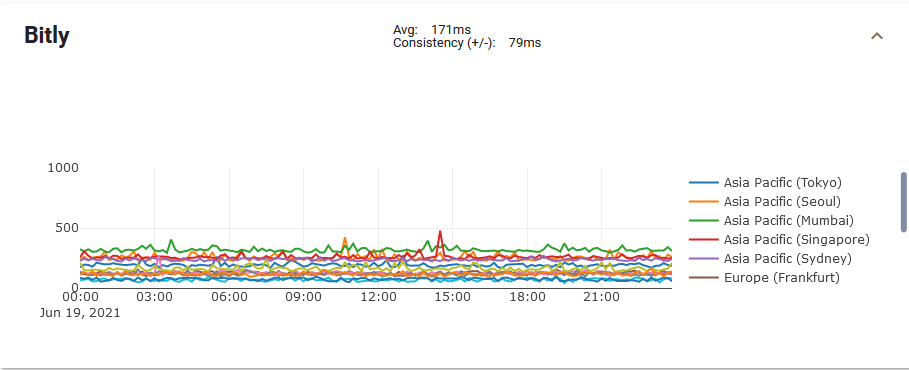
Double Linking
Double Linking refers to shortening a URL (link) that has already been shortened. No one will knowingly shorten an already shortened link, right?
The main contributor to the problem is social media sites like Twitter, LinkedIn ect. When you share your already shortened URL on these sites, they will shorten it again with their own domains. They do this so that they can also track clicks and gather data on the users that clicked it. Everyone wants a piece of the pie.
Most of the time you never even see all the tracking information that they have for your link. Some might share limited information like the amount of clicks, but you never get access to the full picture. The links that they shorten to track (and control) have very little perceived value to the end user. They only end up adding latency (time) to getting to your destination URL.
The amount of latency that is added by every URL shortener is also region specific. This means a user in the US and another in the Asia Pacific region will see different redirect times (going from short to long URL). LinkedIn has some of the greatest variances between regions of all the URL shorteners. See the image below for a few social media sites we monitor with the Latency Monitor:

Let’s take a few examples to showcase regional latency:
- When a user in Mumbai (Asia Pacific) clicks on a Bitly link (~300ms) shared on LinkedIn (~850ms) then it adds ~1150ms of latency, that is more than 1 second before even reaching your website!
- When a user in North Virginia (US East) clicks on a Bitly link (~70ms) shared on LinkedIn (~85ms) then it adds ~155ms of latency.
These times are not just pulled out of our hats, checkout our URL Shortener Latency Comparison to see it in action. LinkedIn is considered one of slowest social media sites to redirect and Bitly is one of the closest competitor to WarpURL in terms of speed.


For a person living in North Virginia the latency would be acceptable, especially if compared to the user in Mumbai.
Unfortunately, we can’t control the latency social media sites add *yet, but we can control the latency of the URL shortener we use. WarpURL uses smart caching to bring the URL as close as possible to the user.
If WarpURL was used in the above scenarios:
- In Mumbai, replacing the Bitly link (~300ms) with WarpURL (~70ms) shaves of ~230ms a decrease in latency by ~76%! The overall user perceived latency will then be ~920ms instead of ~1150ms.
- In North Virginia, replacing the Bitly link (~70ms) with WarpURL (~40ms) shaves of ~30ms a decrease in latency by ~42%! The overall user perceived latency will then be ~125ms instead of ~155ms.
Throughout the article we focused on double linking, where WarpURL does not make that big of an impact due to the social media sites already adding the bulk of the latency. WarpURL really shines if the link is shared with the user directly, think SMS, email, etc. Then any of the standard shorteners like Bitly can be compared directly with WarpURL on the URL Shortener Latency Comparison page.
If the shortened link was shared directly (no social media). The Mumbai user will then see a perceived latency of ~70ms (WarpURL) compared to the ~300ms Bitly adds. The North Virginia user would probably not have noticed the latency change from ~70ms (Bitly) to ~40ms (WarpURL).
Now let’s talk about the grand scale and environmental impact of speeding up a short URL. Let’s say you have a popular link and it gets say 100,000 clicks. Let’s assume all the clicks are from the US, that means we save ~30ms per click, saving all users ~3000 seconds or ~50 minutes of wait time. Assuming again all clicks are from Mumbai, we save them ~230ms per click, that amounts to ~27000 seconds or ~450 minutes which is ~7.5 hours!
The time that is saved translates to:
- Giving time back to your users as a collective.
- Less servers and compute involved, reducing your carbon footprint and contributing to a better tomorrow.
Choosing WarpURL is a no brainer if you want to reduce latency for your end user and contribute to the positive environmental impact it has compared to alternatives. Optimizing latency for your end user also reduces your drop off rate and in return increases your potential sales.
Links:
